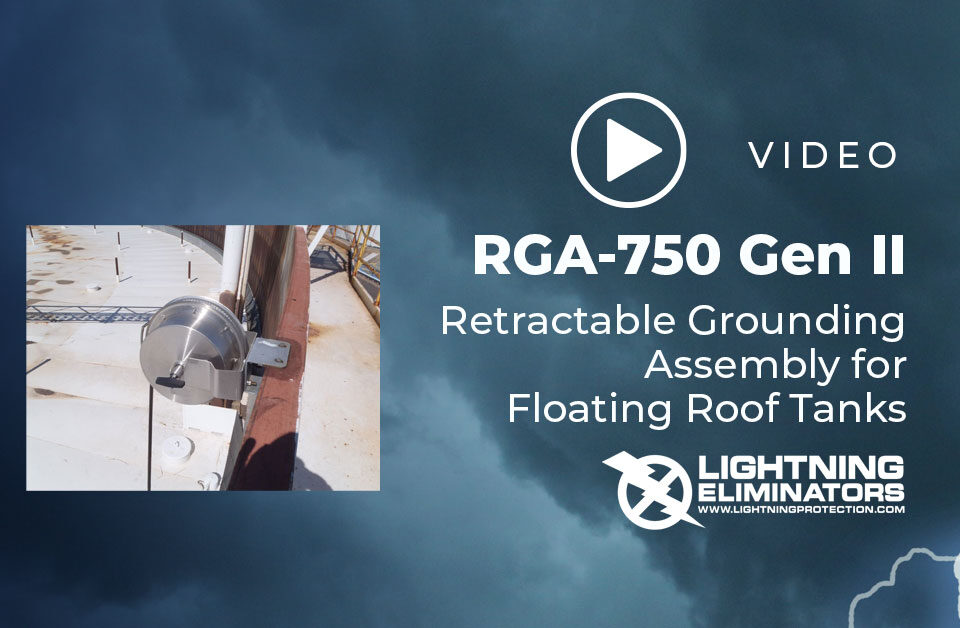- We Prevent Lightning Related Problems.
3 Effects of Lightning Damage
March 29, 2022World’s Best Lightning Protection Products
March 29, 2022Build a Power Lightning Protection System
Build a Power Lightning Protection System.
A direct lightning strike can cause severe damage to a building’s structure, and its internal electronic systems, putting lives at risk.
From oil & gas rigs, tall towers, to high-rise offices, hospitals, to shopping centers to stadiums, a compliant lightning protection system, installed by a competent specialist is essential to minimizing the damage that can occur.
Lightning protection systems are used to prevent or lessen lightning strike damage to facilities.
They protect the internal and external components of a building, helping to prevent fires, equipment failure and destruction.
Lightning protection can be provided from basic grounding rods to advanced dissipation arrays that prevent lightning from striking in a protected zone.
Working with LEC you will get a lightning protection system with the capability to eliminate the lightning strikes within zones of protection!
Our process includes;
- Consultancy
- Design
- Manufacture
- Installation
- Testing and commissioning
- Maintenance
Our clients have made LEC the leader in innovation and installation of lightning protection systems.
They recognize that our commitment to high standards of service and safety mean that they can get on with their job secure in the knowledge that we have done ours.
These are a few of the ways LEC provides our customers with, the Power of Lightning Protection.
Over 50 years of experience, you can be sure that your job will be fully and accurately specified.
LEC’s proven track record of worldwide lightning protection.
Our maintenance teams ensure that your lightning protection system remains fully effective.
‘No-Strike warranty’ on our DAS products.
A great reputation has been built on open and honest communication, project transparency, teamwork, and creative solutions.
We have over 40 patented lightning protection products.
The economic benefits of taking these protective measures will protect you and your company.
The cost of damage to the structure, its contents including any critical electrical installations, and above all, the safety of people within or nearby, should all be considered.
If you are unsure about the type of lightning protection required by your facility, contact us by telephone or e-mail for a cost-free risk assessment.

